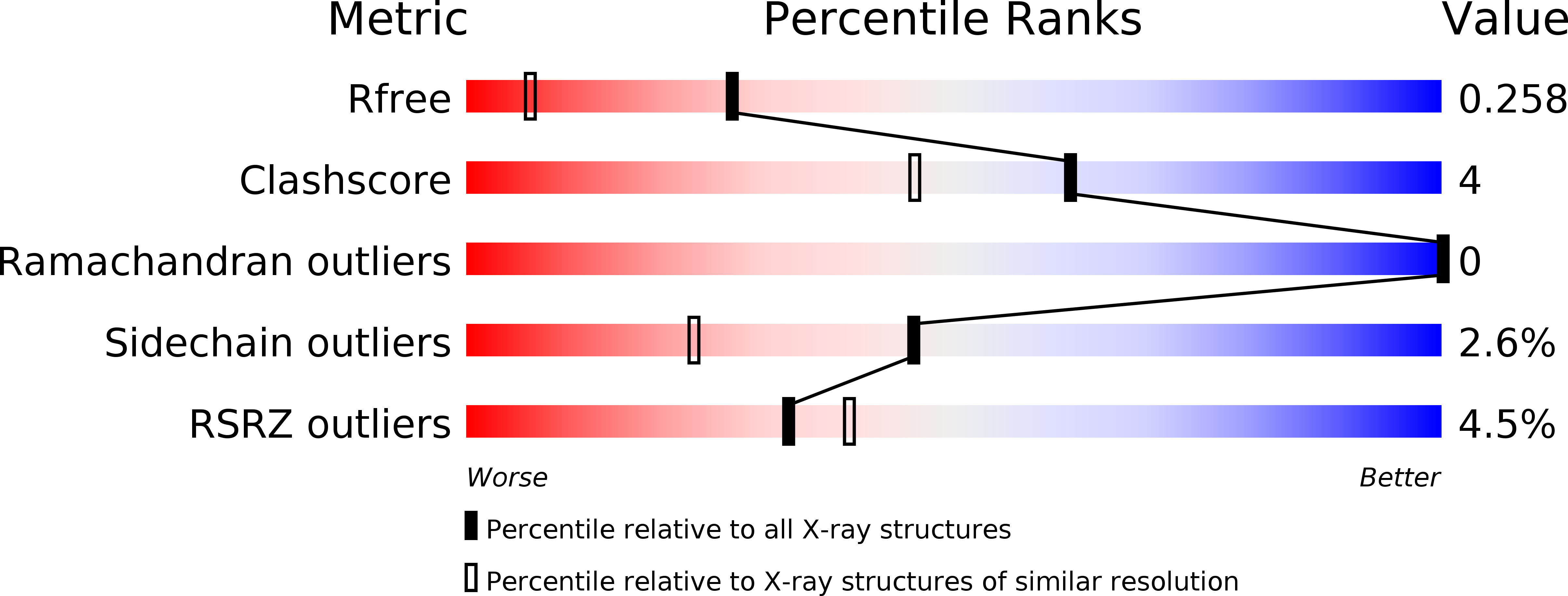
Deposition Date
2013-03-17
Release Date
2013-05-01
Last Version Date
2023-11-08
Method Details:
Experimental Method:
Resolution:
1.75 Å
R-Value Free:
0.24
R-Value Work:
0.20
R-Value Observed:
0.20
Space Group:
P 41


